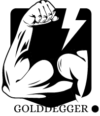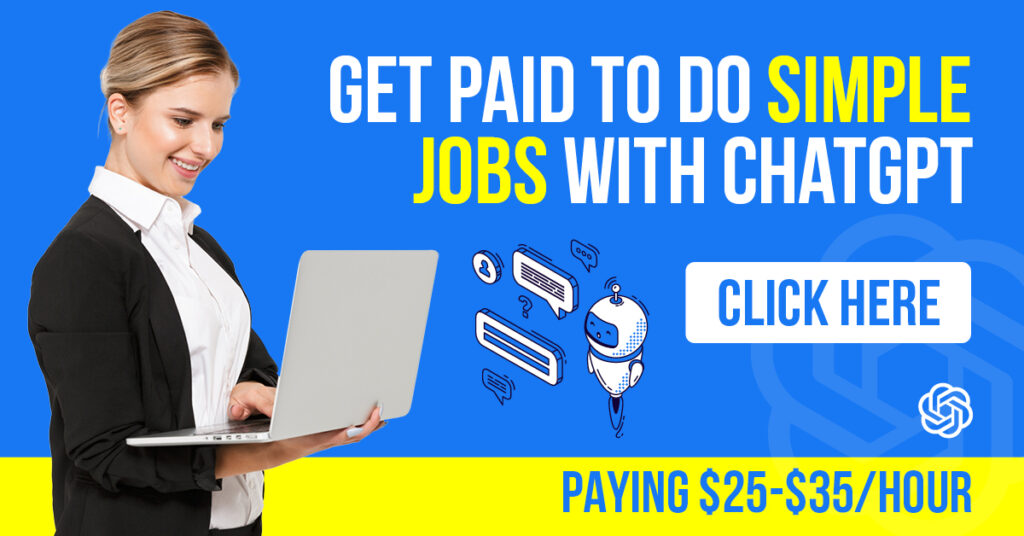Introduction
The world is changing, and so is the way we earn money. Gone are the days when you had to wait for a 9-to-5 job to build a career. Today, freelancing has opened doors for millions of people to work on their own terms. Imagine turning your skills—whether it’s writing, designing, coding, or even simple data entry—into a source of income. Sounds exciting, right? Freelancing gives you that freedom.
Table of Contents
Toggle
Understanding Freelancing
Freelancing simply means working independently, offering your skills or services to clients without being tied to a single employer. You are your own boss, choosing the projects you want, working from anywhere, and deciding your income potential.
Benefits of freelancing include:
Flexibility in working hours
Unlimited earning potential
No commute or office politics
Freedom to work with international clients

Choosing the Right Freelance Platform
Before you dive in, you need the right platform. Some popular freelancing sites include:
Fiverr – great for beginners offering gigs starting at $5
Upwork – ideal for long-term, high-value projects
Freelancer.com – good for quick, one-time tasks
PeoplePerHour – popular for UK and Europe-based clients
👉 Pro Tip: Choose one platform in the beginning. Master it, then expand to others.

Creating a Free Freelancing Account
Starting is easier than you think. Here’s a quick step-by-step:
Visit your chosen platform’s website (e.g., Fiverr.com or Upwork.com).
Click on Sign Up.
Enter your email, name, and create a strong password.
Verify your email.
Start filling out your freelancer profile.

Setting Up a Professional Profile
Your profile is your first impression. Make it shine!
Profile Picture: Use a clear, professional headshot (no selfies or blurry images).
Bio: Write a short, engaging description of who you are and what you do. For example:
“I’m a creative graphic designer with 3+ years of experience helping businesses bring their ideas to life.”
Skills & Portfolio: Add your strongest skills. Even if you’re a beginner, showcase sample work.

Showcasing Your Expertise
But what if I have no experience?” Don’t worry! Create a mock portfolio. For example:
Writers can write sample blog posts.
Designers can create logos for imaginary brands.
Developers can build small demo websites.
Clients just want proof of your ability—real or practice projects both work.

Crafting Winning Proposals
When applying for jobs (especially on Upwork or Freelancer), your proposal must stand out.
Tips:
Start by addressing the client by name (if available).
Show that you’ve read their job description carefully.
Offer a simple solution to their problem.
Keep it short, clear, and professional.
❌ Don’t copy-paste generic proposals.
✅ Write each one as if you’re talking directly to that client.

Building Trust and Credibility
Clients want reliability. To build trust:
Deliver work before deadlines.
Communicate clearly.
Ask for feedback and reviews.
One 5-star review can open the doors to many new opportunities.

First Steps to Getting Clients
The first job is the hardest, but once you get it, the journey becomes smoother.
Bid on small projects at first.
Price your services lower (but not too cheap).
Over-deliver on your first job to impress clients.
Pricing Your Services
Pricing is tricky for beginners. Start small, but don’t undervalue yourself. For example:
Writers: $5–$15 per article in the beginning
Designers: $10–$20 per logo
Developers: $50–$100 for small websites
As you gain reviews, gradually increase your rates.

Time Management and Productivity
Freelancing is freedom, but it requires discipline.
Use tools like Trello, Notion, or Google Calendar.
Set working hours (don’t work 24/7).
Take short breaks to refresh your mind.
Avoiding Scams in Freelancing
Sadly, freelancing comes with risks. Protect yourself by:
Working only through the platform (never agree to “outside deals”).
Avoiding clients who refuse milestone payments.
Never sharing personal banking details.

Scaling Your Freelance Career
Once you’ve built momentum, it’s time to grow.
Ask happy clients for referrals.
Create specialized packages (e.g., “Starter Logo Pack – $50”).
Join LinkedIn and showcase your freelance work.
Turning Freelancing into a Full-Time Business
At some point, freelancing won’t just be side income—it can become your career.
Build a personal website to attract clients directly.
Offer premium services.
Even start your own small agency if you want to expand.

Conclusion
Freelancing is more than just making money—it’s about freedom, creativity, and building a life you truly want. All it takes is a free account, the right mindset, and consistent effort. Remember, everyone starts as a beginner. What matters is taking that first step.
FAQs
1. Do I need money to start freelancing?
No! You can create a free account on platforms like Fiverr or Upwork and start without investment.
2. Which freelancing platform is best for beginners?
Fiverr is beginner-friendly, while Upwork is better for skilled professionals.
3. How long does it take to earn money from freelancing?
Some earn within days, while others take weeks. It depends on your skills and dedication.
4. Can I freelance without any prior experience?
Yes! You can start by creating sample projects to showcase your skills.
5. How do I deal with difficult clients?
Stay calm, communicate clearly, and stick to platform policies for safety.
Based On Your Answers
You Are Best Suited To….
Live Chat Assistant
Get paid to work as a live chat operator
$25 – $35 per hour
No experience required
Currently hiring workers from Australia
Begin work immediately
Click Here To Get Started


